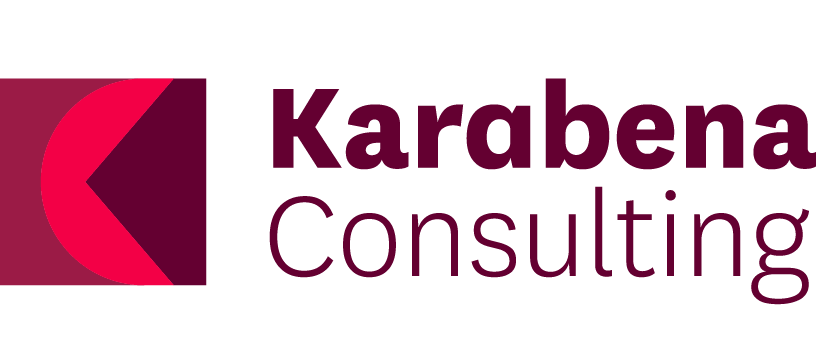Victoria First Peoples’ Consultation: Five-year review of the operations of the Voluntary Assisted Dying Act 2017
Centre for Evaluation and Research Evidence (CERE), Department of Health, Victoria
Who funded the project
The Victorian Voluntary Assisted Dying Act 2017 (the Act) provides a safe legal framework for eligible people who are suffering and dying to choose the manner and timing of their death.
Karabena Consulting was engaged by CERE to evaluate the first five years of the Act. Focusing on experiences with death, dying and voluntary assisted dying (VAD) accessibility, key consultation questions addressed how VAD systems meet First Nations peoples’ needs, barriers to compliance, and the safety and compassion of VAD processes. The goal of this project was to review how the Act is operating for First Nations communities.
Consultations were conducted with First Nations stakeholders who have lived experience with death and dying, palliative care staff, funeral home employees, pharmacists and Statewide VAD coordinators.
Following these consultations, a summary report was provided to CERE. This report outlined evidence on the appropriateness, effectiveness and impact of the Act's operations for Victoria’s First Peoples. The report also contained key recommendations to enhance support for Aboriginal and Torres Strait Islander peoples in accessing VAD.
Summary
The aim of this project was to review how the Act is operating for First Nations communities. This included reviewing the systems, processes and practices which facilitate the operation of the Act by considering equity of access, effectiveness of the safeguards and/or protections, support programs and resource efficiency.
Project Aims
Our methodology relied on the use of Indigenous research methodologies, such as Dadirri (deep listening) and yarning (informal two-way conversation). Key elements included:
Use of semi-structured, open-ended interview questions.
One-on-one interviews with
First Nations stakeholders with lived experienced of loss of loved ones in hospitals, palliative care facilities and at home.
Family members caring for loved ones who wanted a 'self-determined death'.
Staff working in palliative care and funeral homes, pharmacists, and Statewide VAD coordinators.
Reflective workshop with Elders at a community organisation.
nductive thematic analysis.
These methods ensured the integrity, respect and safety of Aboriginal and Torres Strait Islander people throughout the consultation process.
Methodologies
The key output for this project was a detailed summary report outlining evidence on the appropriateness, effectiveness and impact of the Act's operations for Victoria’s First Peoples.
The report also contained actionable short-term (0-12 months), medium-term (1-2 years), and long-term (3-5 years) recommendations to ensure immediate, sustained and future improvements in culturally sensitive end-of-life care support for Aboriginal and Torres Strait Islander people accessing VAD.
Outputs
Consultations across Victoria have shown that the experiences of death and dying, and the appropriateness, effectiveness and impact of VAD among First Nations people are deeply influenced by cultural, spiritual and historical contexts.
Through this review of the operation of the Act, we provided a series of recommendations for consideration by the Department of Health. The recommendations span the following areas:
Education and awareness about VAD
Training and employing Aboriginal Health Workers in VAD processes
Inclusive language guidelines
Advance care planning
Aboriginal-led VAD process and support
Access to pain management resources
Regular review and feedback mechanisms
Policy changes to support culturally safe VAD
Research and evaluation.
Project Outcomes
#culturalsafety
#access
#healthcare
#CulturallySafeHealthcare
#EmergencyDepartments
#AboriginalHealthcareInitiatives
#RoyalMelbourneHospital
#RoyalChildrensHospital
#CommunityConsultations
#HealthEquity
